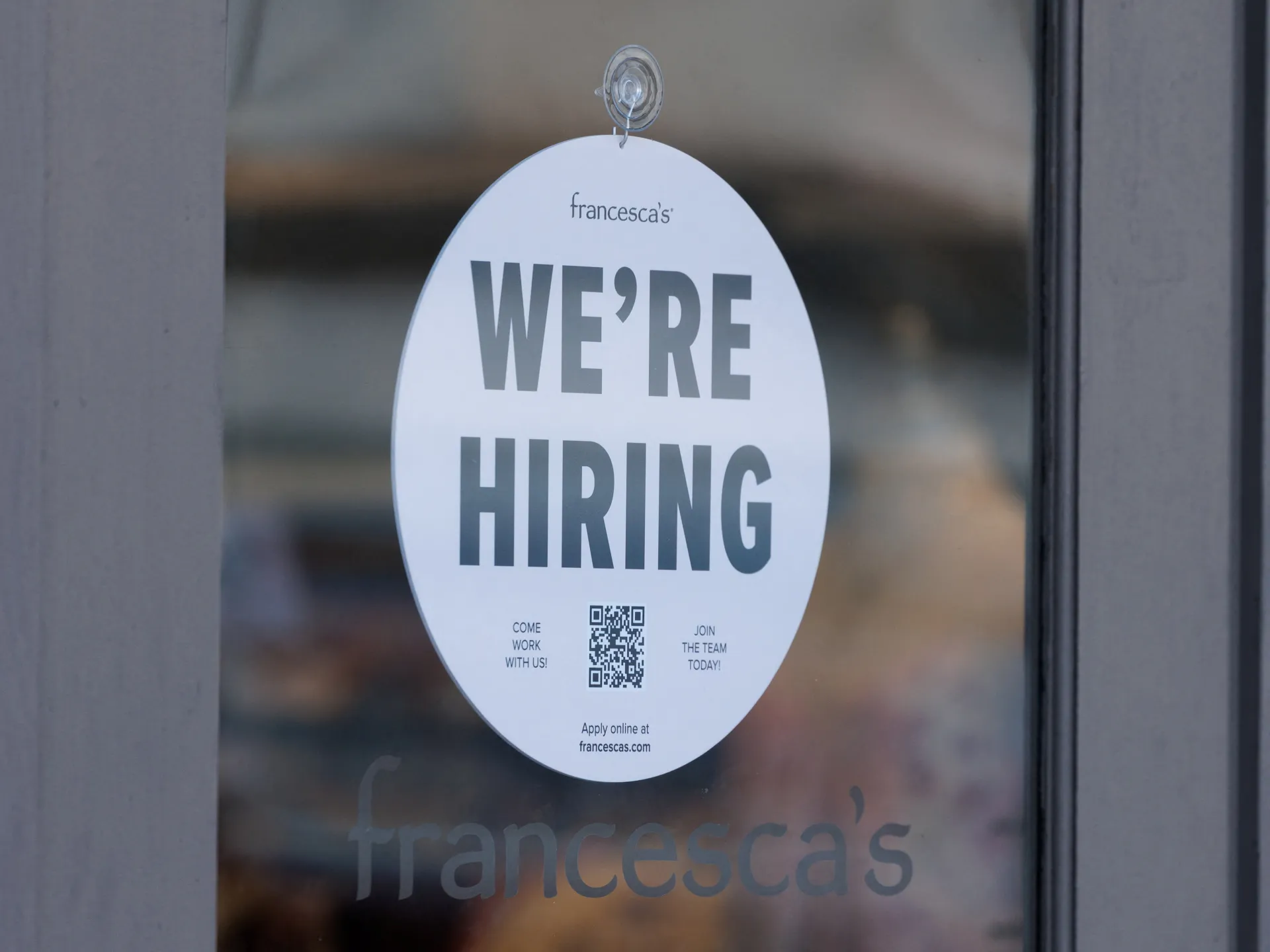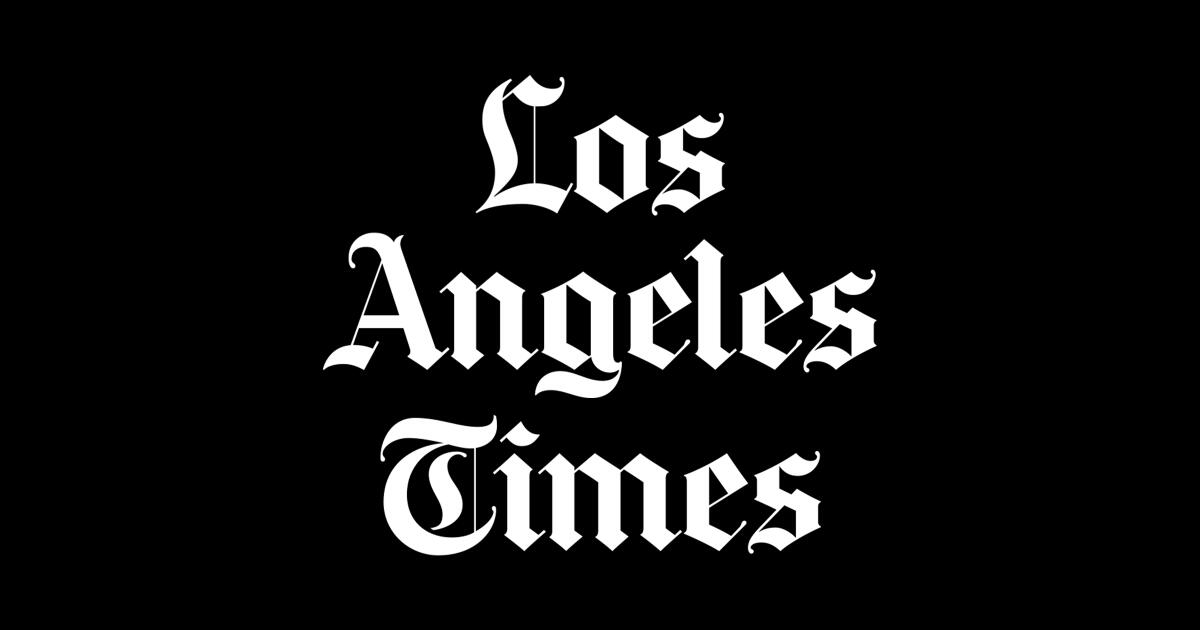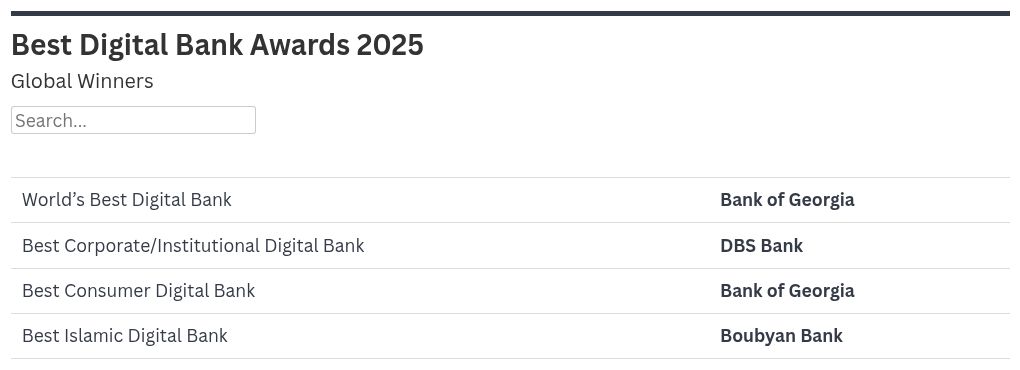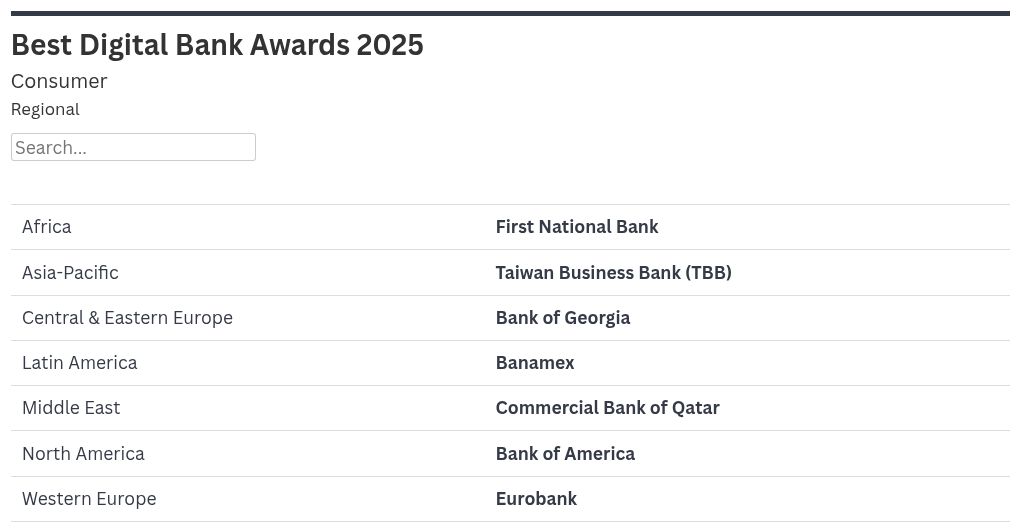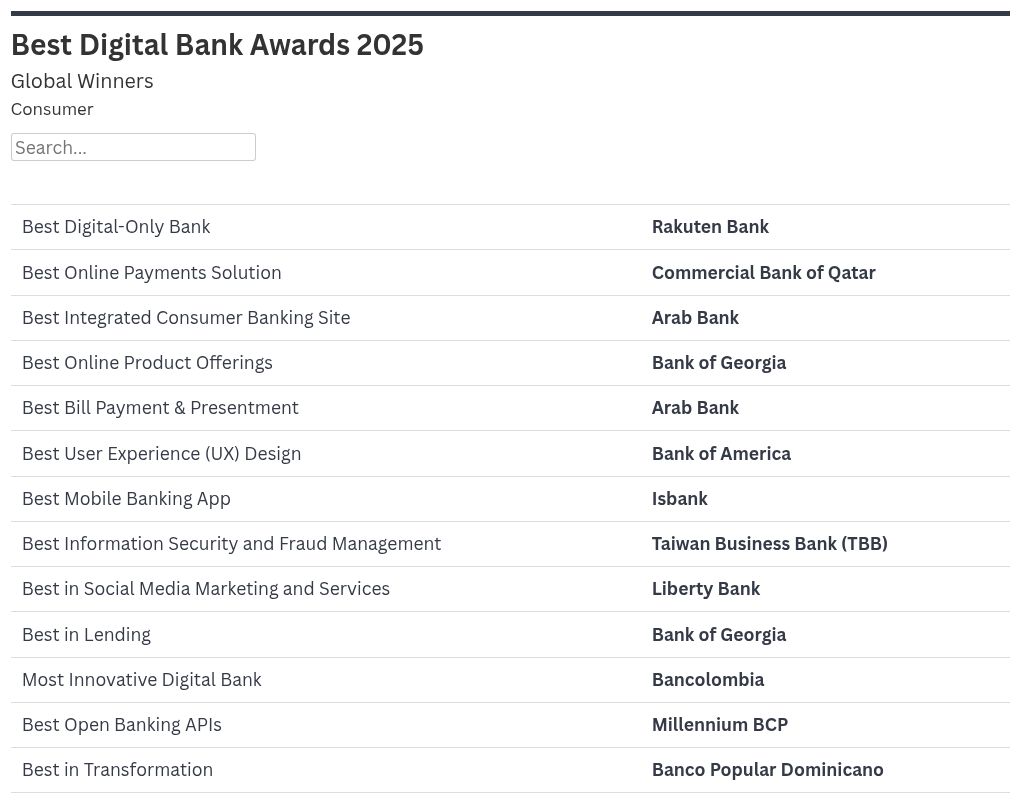LAGUNA NIGUEL, CALIF. — At a time of huge bank mergers and cries to overhaul the nation’s banking system, Kenneth A. Guenther makes sure the smallest banks in America have one of the loudest voices.
The outspoken chief executive and executive vice president of the Independent Bankers Assn. of America more often than not finds himself at odds with powerful forces pushing for sweeping changes in the rules banks operate under as well as those promoting huge mergers as a way to improve the health of the nation’s banks.
The future of the Bush Administration’s bank reforms–allowing banks to open branches across state lines, allowing banks into Wall Street and insurance activities and permitting industrial and service companies to buy banks–is growing more uncertain. Two weeks ago, the House voted down a Democrat-altered version of the bank-reform plan. A much narrower bill, largely to bolster the nation’s dwindling bank deposit insurance fund, could be approved soon, but any major reforms are unlikely right now.
In fighting the Administration, Guenther has irked some powerful people. Treasury Secretary Nicholas F. Brady has said that Guenther “demeans his members, carrying on the way he does” in his opposition to the bank-overhaul plans.
A native of Rochester, N.Y., Guenther, 55, completed graduate studies at Johns Hopkins, the University of Rangoon and Yale University. A former Treasury and State Department official, Guenther served as a special assistant to three former heads of the Federal Reserve Board. He joined the 6,100-member banking trade group roughly 10 years ago.
Guenther’s basic point is that the deck is increasingly stacked against the small community banks. Although he has the image of a maverick, Guenther is very much a Washington insider, maintaining cordial relationships with many people he disagrees with publicly. He plays tennis with the likes of Federal Reserve Chairman Alan Greenspan and various bank regulators–though he often finds himself at odds with them on policy.
Guenther uses blunt words to make his case. But the Washington influence shows in his dress–a formal business suit for morning meetings even at a resort hotel where everyone is dressed for golf. His populist style has made him a hero among independent bankers, while attracting criticism from those who accuse him of grandstanding.
Part of Guenther’s clout comes with his skill with the media. He is a prolific writer of letters to the editor, is quoted frequently and has strong friendships with reporters–in fact, he and his wife, Lilly, are godparents of a New York Times reporter’s twins.
Question: What future does the independent bank have in this age of banking consolidation?
Answer: There are going to be fewer big banks and medium-sized banks than smaller banks. As banks get larger, this opens up more niches for your smaller banks. Larger banks generally mean poorer services for your small business and small-time customers.
Q: Large banks would argue the opposite. They would say it will be good for customers, providing things they can’t get now.
A: With size comes regimentation. You are going to have to do things their way. There is going to be far less “high touch.” Those small banks providing high-touch services are going to have increased opportunities.
Q: What about public policy concerning mergers? You said Treasury is committed to seeing a lot of mergers. Why so?
A: Secretary (Nicholas F.) Brady wants to get the banks in this country into the No. 1 rank. But people aren’t looking at the cost of building banks to the size of the Japanese banks. Size alone does not mean a healthy, good, diversified financial system or political system. The Japanese have the largest banks in the world, but who wants their political system? Our diversified financial and economic system underlies our diversified political system.
Q: What about the argument that the big banks use , that there’s too much overcapacity? That there are too many banks?
A: There’s a very interesting study out from the Federal Reserve Bank of Minneapolis that says public policy promoting consolidation is not in the interests of the banking system or the economy. This study indicates that we should not be moving in that direction.
Q: What about the argument that says the banking system is inefficient?
A: I think our banking system is remarkably efficient. I think we have still the strongest entrepreneurial system in the world. It needs some fine tuning. But we don’t have to throw it out lock, stock and barrel and adopt a Japanese model.
Q: Does it need consolidation?
A: The industry is consolidating. The question is: Is it productive public policy to force more rapid consolidation?
Q: The House for now has rejected legislation to overhaul the banking system. What does this mean for the independent banks?
A: This legislation has nine lives–it’s on its fourth now. The Administration and their big-bank allies killed a version of the bill they didn’t like and moved immediately to resuscitate another version of Secretary Brady’s big-bank reform bill.
Q: Why should people care about these proposals?
A: Everybody in the United States should breathe a big sigh of relief because the House has turned back a proposal from the Administration which would have allowed the largest commercial firms–domestic and foreign–to buy the largest banks in this country. This would have totally restructured the economic and financial system of the United States and led to an enormous concentration of economic power. That’s always bad news for John Q. Public.
Q: Why shouldn’t a bank be allowed to open a branch across a state line?
A: Our problem with that is that the Treasury Department proposed to keep “too big to fail”–meaning the Treasury Department proposed that the bigger banks continue to have a 100% deposit insurance product. At the same time, they were proposing that our deposit insurance product be reduced. That means the big banks could go across state lines, offering a superior deposit insurance product. This would have driven money out of the smaller banks of this country.
Q: Do you fear that there will eventually be some cuts in deposit insurance?
A: Everybody knows that the FDIC (Federal Deposit Insurance Corp.) fund is hurting. Why not expand the assessment base? The foreign deposits in American banks that enjoy deposit insurance coverage do not pay deposit insurance premiums. Make everybody who has the insurance pay for the insurance. That could bring in literally billions and billions of dollars a year.
Q: Does it matter whether we declare a policy saying banks are not too big to fail? In a crunch, won’t we step in?
A: (Federal Reserve Board Chairman) Alan Greenspan is about as free market as you can get. But Greenspan has testified repeatedly before the Congress that the large uninsured depositor cannot be put at risk, because if he’s put at risk in this country we will have runs (on the banks). He will take his money and put it into the Japanese banks, or German banks. What Alan Greenspan is saying is, in the moment of truth, we are going to intervene to make sure the depositors in your big banks do not get hurt, because this is essential for the stability of the system. How can you make a policy prescription to cut back deposit insurance for John Q. Public, who banks with a smaller institution?
Q: What about proposals such as $100,000 protection per Social Security number?
A: In this day and age, $100,000 is not that much money. It’s a four-year college course for a student who doesn’t go to an Eastern school. Again, you are penalizing your smaller institutions. People will put their money in your “too-big-to-fail” banks.
Q: What about allowing banks into other lines of business?
A: You are opening the door into riskier areas. If you are moving into a business you don’t know well, you are not inclined to do it well in the beginning. And the doors that they are trying to open are really quite risky. Underwriting corporate debt, or underwriting stocks is a risky business. Will the banks do it well? Will it turn out to be profitable? I think these are question marks.
Q: What are the primary problems of independent banks these days?
A. We are in a recession that is deeper than anticipated. The Fed has just cut key interest rates. . . . The other problem is that the industry went too far overboard in terms of commercial real-estate development.
Q: How healthy are independent banks?
A: The independent banks are healthier than your larger banks.
Q: Can the voice of an independent bank be heard these days?
A: It’s enormously frustrating that this Administration is listening to a very select number of voices. The Treasury Department is promoting a legislative product that benefits a relatively few number of large financial institutions. This is why we have sort of adopted the theme that the Treasury is promoting Wall Street and we are here trying to protect Main Street. There are far more Main Street institutions than Wall Street institutions.
Q: Do you think that the deck is stacked against the independent bank?
A. The deck in this Administration is stacked against the independent banks. And therefore we have put together this wide-ranging Main Street coalition: small business, retired people, home builders and farm groups working against key elements in the Administration proposal.
Q: Both you and your association have taken a lot of criticism from people like Brady and also other trade groups.
A: No one likes to be criticized by the secretary of Treasury, who is a nice man. But I’m sorry, Mr. Secretary, your policy objectives are very different than ours. Your policy objectives will make life much tougher for millions of banks and small businesses.
Q: If they gave you the banking reform bill and said write it any way you want, what would you do?
A: The problem is that this bill focused on the weakness of the deposit insurance fund. Something has to be done to strengthen the deposit insurance fund, and thus strengthen depositor confidence. Then you move from that central issue that has to be addressed and ask yourself the next question: What can you do to definitely strengthen banking and the profitability of banking? There are some things that can be done in this area. Give banks some more retail products, and again this will increase what is available to the American consumer.
Q: Do you think taxpayers are going to have to pick up any of the tab for the banking problems as they have for the savings and loans?
A: It depends on what happens to the real-estate market in California. Just like with costs of the S&L; crisis, things are escalated by what happens in California. California is such a key state.
Q: And depending on what happens here is what is going to make the difference?
A. What happens in California will make the difference. The banking industry, to remain healthy, cannot pick up the full tab if things go very bad in California. At that time, the American taxpayer would have to decide: Do we want a healthy and growing banking industry or do we force the full tab on the banking industry?
Q: In this era of megamergers, with huge institutions being created, can the independent bank compete?
A: The independent bank will compete, the independent bank will survive and prosper. We run a high-touch operation: high-tech plus high-touch. There is going to be plenty of business around for those who don’t want to deal with the impersonal, insensitive elephants.
Q: What about the argument that we don’t need all of these little banks?
A: We don’t need all these big banks running around. There are definitely too many big banks in New York City–in a declining economy and declining city. The American market is really not over-banked. It’s one of the illusions that is out there. American small business wants to deal with your smaller bank, where you get better, personalized service.
Q: What about the argument that we need bigger banks to compete with foreign banks?
A: Perhaps in some areas, that’s the case. But what the big banks have lost in this country is the large commercial lending business. They’ve lost your commercial and industry loans. Big firms earlier went to banks to get this money, now they issue their own commercial paper. So the big banks are looking for a new role, and maybe they can’t find it.

